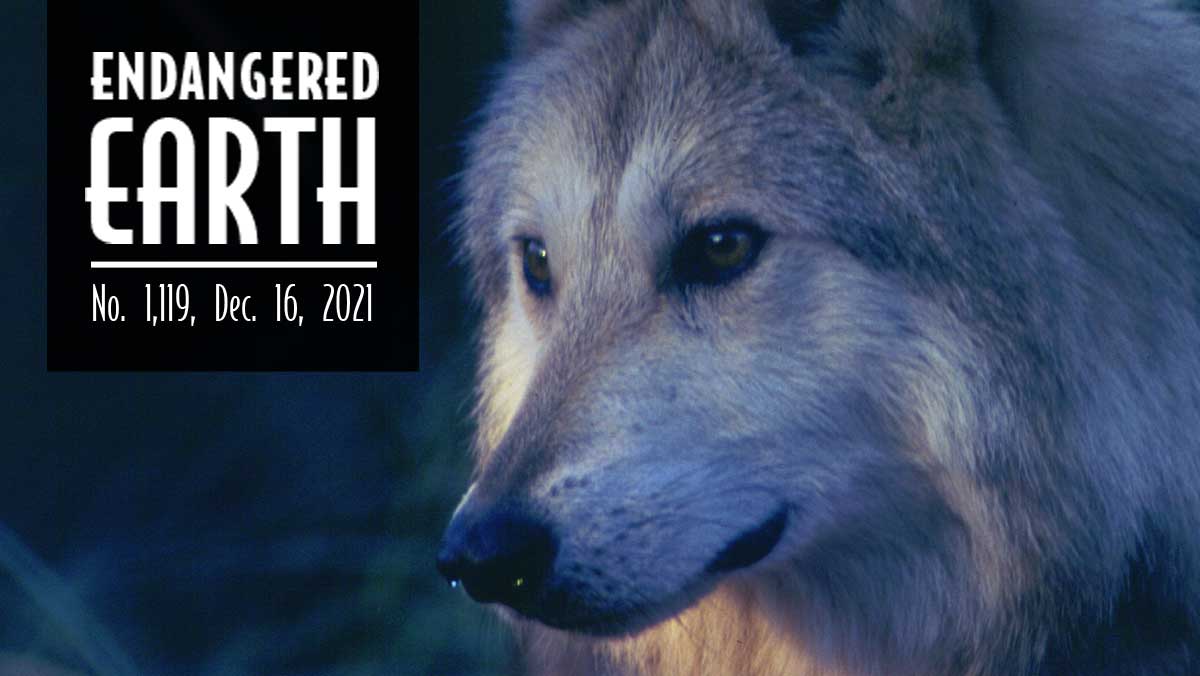Trump Border Wall Blocks Wandering Wolf
For the first time on record, a Mexican gray wolf — likely roaming in search of a mate — has been blocked at the U.S.-Mexico border by the Trump border wall.
The wolf, whose GPS collar beamed his location to the U.S. Fish and Wildlife Service, was born in a Kansas zoo and named Mr. Goodbar before his 2020 release into the Arizona wild. He spent Nov. 23 to Nov. 27 pacing along 23 miles of the border in New Mexico, where the new wall prevented him from crossing — like so much other wildlife. The Center for Biological Diversity has worked continuously to recover Mexican wolves in the wild, starting with the 1990 lawsuit that led to their reintroduction.
“Mr. Goodbar’s Thanksgiving was forlorn, since he was thwarted in romancing a female and hunting with her for deer and jackrabbits,” said the Center’s Michael Robinson. “The wall separates wolves in the Southwest from those in Mexico and exacerbates inbreeding in both populations.”
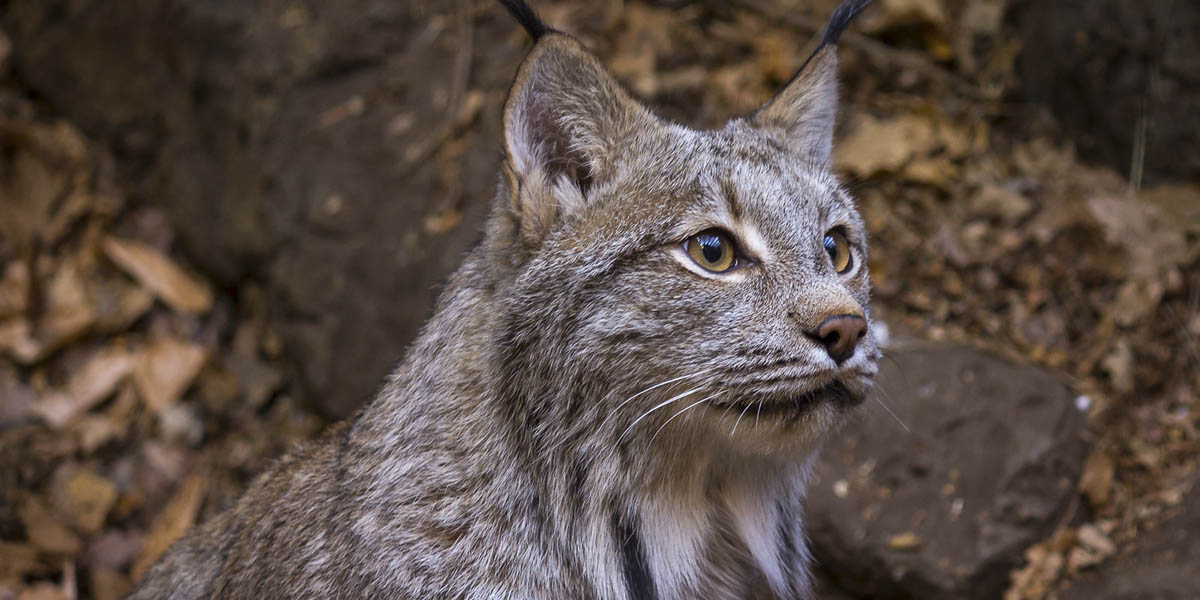
Win: USDA Wolf Trappers Need to Worry About Lynx
Following Center legal action, two federal agencies just agreed to study, and try to reduce, the risk of harm to Canada lynx by U.S. Department of Agriculture wolf-trapping in Minnesota.
The USDA’s Wildlife Services is a multimillion-dollar federal program that killed more than 5,000 of Minnesota’s native animals last year, including more than 200 wolves. Their indiscriminate traps can also capture and kill threatened Canada lynx. As few as 50 of the rare cats likely survive in Minnesota.
“This is a win for both gray wolves and Canada lynx, which are Minnesota’s rarest carnivores,” said the Center’s Collette Adkins.
Please help our fights for lynx and other wildlife with a matched gift to our Saving Life on Earth Fund.
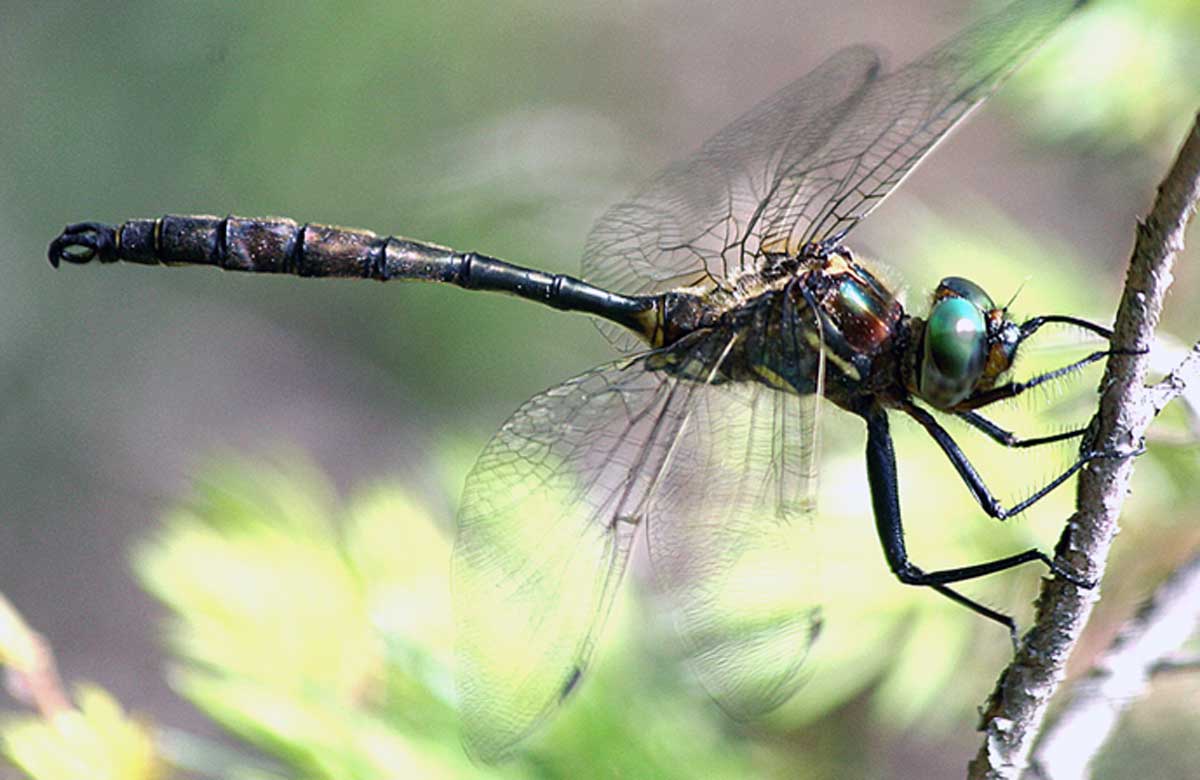
New Study Shows Freshwater Species In Peril
An update from the International Union for Conservation of Nature says more than a quarter of the planet’s plants and animals are threatened with extinction. About 16% of all dragonflies and damselflies are at risk, for instance.
In the United States, 85% of wetlands, which such insects depend on, have already been wiped out. But saving small creatures like Hine’s emerald dragonflies can be a lever for saving the ecosystems they live in — and the goods that those ecosystems provide to human communities, like clean water.
“Dragonflies are not only gorgeous; they’re also indicator species that tell us a lot about the health of rivers and wetlands,” said Tierra Curry, a senior Center scientist. “The serious threats they face are a huge red flag that we have to do better.”
Watch This: Florida’s Cutest Critters

Author Susan Orlean Remembers OR-93
“Of course, he was looking for love. Aren’t we all?” Susan Orlean, bestselling author of The Orchid Thief, remembers Oregon-born gray wolf OR-93, who made an epic journey through 16 California counties in search of a mate. He was found recently on the side of Interstate 5 in Kern County. Read Orlean’s moving elegy at The New Yorker.
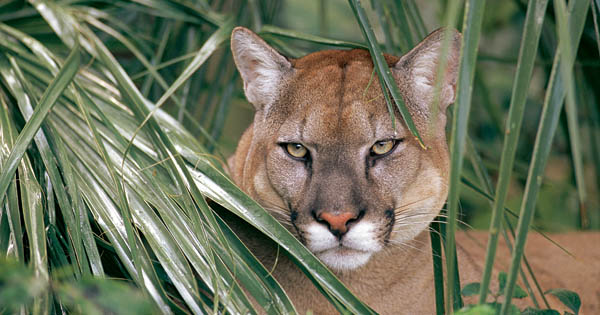
Florida Panther Safeguards on the Chopping Block
The Center is opposing the Fish and Wildlife Service’s harmful plan — buried deep within the Biden administration’s regulatory agenda, released this month — to weaken or end protections for three iconic Florida species: the whooping crane, key deer and Florida panther.
“It’s a gut punch that the Service wants to weaken safeguards for whooping cranes and key deer, when sea-level rise could submerge both species’ homes in decades,” said the Center’s Brett Hartl. “And it’s appalling to even consider moving forward with Trump’s plan to reduce protections for Florida panthers — especially with only about 200 left on Earth.”

Revelator: A Snowless Future for the West?
What will western winters look like as the world warms? A new study hopes to inspire water managers — and the rest of us — to begin planning for how climate change will dramatically reduce snowpack.
Read more in The Revelator and subscribe to the free newsletter if you haven’t yet.
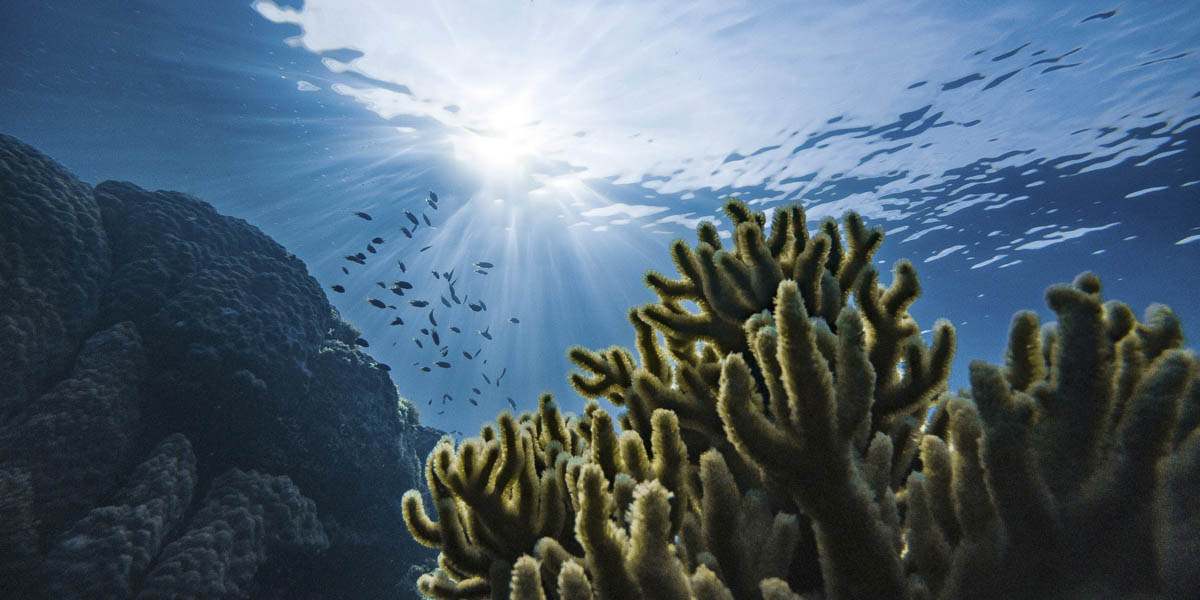
That’s Wild: Best Science Images of 2021
Science journal Nature has pulled together a seemingly disparate collection of images — a portrait of a 40-million-year-old gnat, a robot with a camera on Mars, and a 15,000-frame photo of a sunken ship merging with a coral reef, for example — into a scrolling feast that demonstrates the complex ways science is expressed visually.
Check out the “Best Science Images of 2021” gallery.
Center for Biological Diversity | Saving Life on Earth
Photo credits: Mexican gray wolf by Robin Silver/Center for Biological Diversity; Canada lynx by Nicolas Grevet/Flickr; Hine's emerald dragonfly by Paul Burton; screenshot of Florida wildlife video courtesy USFWS; wolf pair by klengel/Flickr; Florida panther by The Beaches of Fort Myers and Sanibel/Flickr; Sierra Nevada snow survey by Florence Low/California Department of Water Resources; coral reef by Marek Okon/Unsplash.
Center for Biological Diversity
P.O. Box 710
Tucson, AZ 85702
United States
